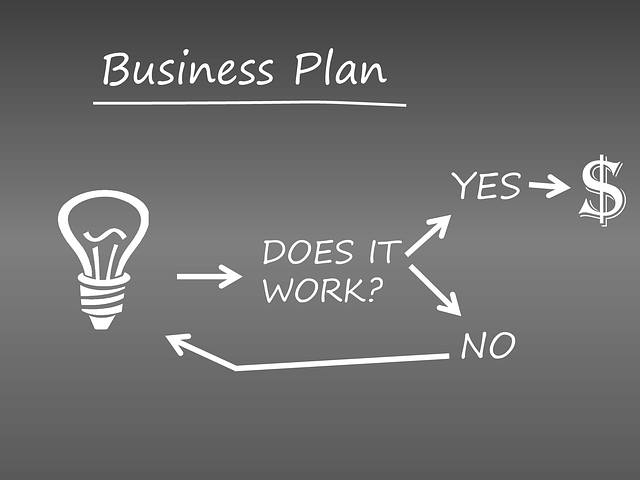
11 Sep AVP’s Version of the Riffle Charts & Perfect Storm Set-up
AVP’s Version of the Riffle Charts & Perfect Storm Set-up
After learning and applying Jea’s methodologies, I started tweaking the rifle charts and playing around with different perfect storm set-ups. Here’s a quick overview of how I set-up my rifle charts on TC2000 (www.worden.com):
Pre-Market Data
I use pre-market data in my charts. I find that data relevant particularly in the first 15 minutes of the day when trading an opening-range break-out strategy.
Entries
I use the following methods to enter a trade:
- I prefer to enter on the break of an area of recent support or resistance. I don’t enter on a counter-candle break. I wait for a proper new high or low before I enter. The downside of that approach is that I might chase an entry and don’t get the best fill, especially if the stock then continues to trend up or down and I get a poor fill (on ‘stop on quote’ orders).
- Alternatively, you can enter in anticipation of a break 1 tick before.
- Jea’s original method suggests that you enter on the break of the counter-candle body in the case of a mini-pup, or upon price re-mounting the 5 period moving average on the 1-minute.
- When the volatility stop reverses from a buy to a sell. When the volatility stop is below the price, you should be long. If it is above the price, you should be short. I use the volatility stop ‘balls’ as my trailing stop when I’m in a position. The distance from the current price to the volatility stop tells me the amount at risk at any point in time.
- When there’s a MSH or MSL that is confirmed by a volatility stop.
Exits
As Jea teaches, you should exit – at least partly – on reaching important bumpers along the way. They are:
- The initial targets are always the upper or lower Bollinger Bands on all time frames. For example, if a stock is rallying long and is hitting the upper Bollinger Band on the 1-minute time frame, your next target would be the upper Bollinger Band on the 5-minute time frame. Then the 15-minute, etc.
- You also need to keep the stinky 2.50 areas and round numbers in mind. .00 and .50 areas.
- There’s also the major moving averages on all time frames that are significant bumpers. Specifically, the 20, 50 and 200 moving averages on all time frames can be party poopers.
- I also plot pivots on my charts, because they also tend to be major speed bumps +- 15 cents.
- Whenever price reaches as heavy ‘congestion’ area as denoted by ‘volume at price’, which is an indicator that shows how heavily a stock was traded in a particular price area previously. The heavier the volume at a particular price, the more likely price is to either reverse, or at least stall and consolidate for a while.
- You can also exit upon reaching key trendline levels.
Stop Placement
For stop placements, I have 3 techniques:
Volatility stops: I use volatility stops with the settings 10 period and a 2standard deviation on all time frames. These settings allow you to track the average true range / average price movement over the past 10 periods, and with a setting of 2, you capture approximately 95% of all prices in a particular direction. I prefer a volatility stop, because it more accurately accounts for the average price movement and volatility over a certain time period than moving averages.
Alternatively, you can use the 5, 15, or 20 period moving average on the 1-minute or 5-minute chart. Selection of the appropriate trailing stop depends on (1) your risk tolerance and (2) which moving average has been most reliable in rejecting price movements into the opposite direction of your trade.
You can also draw trend lines and sell on a break of those. Key is to continuously update them.


